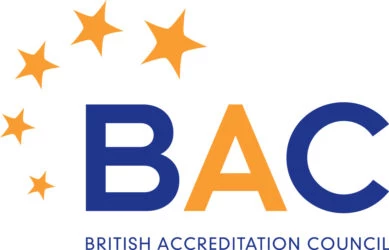On Saturday, we travelled to Norwich, a city of major importance during the medieval period and famous for its links to literature.
We were given a tour of the Cathedral, and told all about its rich history. Building of the Cathedral began in 1096, and changes over the past 900 years mean it has a varied and interesting architecture – from its Norman beginnings to Gothic additions and Victorian remodelling. The tour guides told us lots of fascinating stories, such as pointing out a musket ball lodged in the stonework dating back to the 17th Century, and a beautiful triptych artwork that was cleverly hidden as a tabletop to protect it during the Reformation. This was only discovered hundreds of years later when someone working at the table dropped their pencil and on bending underneath to reach it, happened to look up.
Students enjoyed a picnic lunch in the cloisters – the second largest cloisters in the UK. After this they had free time to explore the city centre, including the market which was founded in the 11th Century. During the early 14th Century, Norwich was a hugely important city – second only to London – largely due to wool production, and the market was therefore a major trading centre at this time. Whilst things have definitely changed since the medieval period, the market is still a busy, bustling hub, with around 200 stalls offering an array of wares.
Written by Flossie, Program Coordinator








